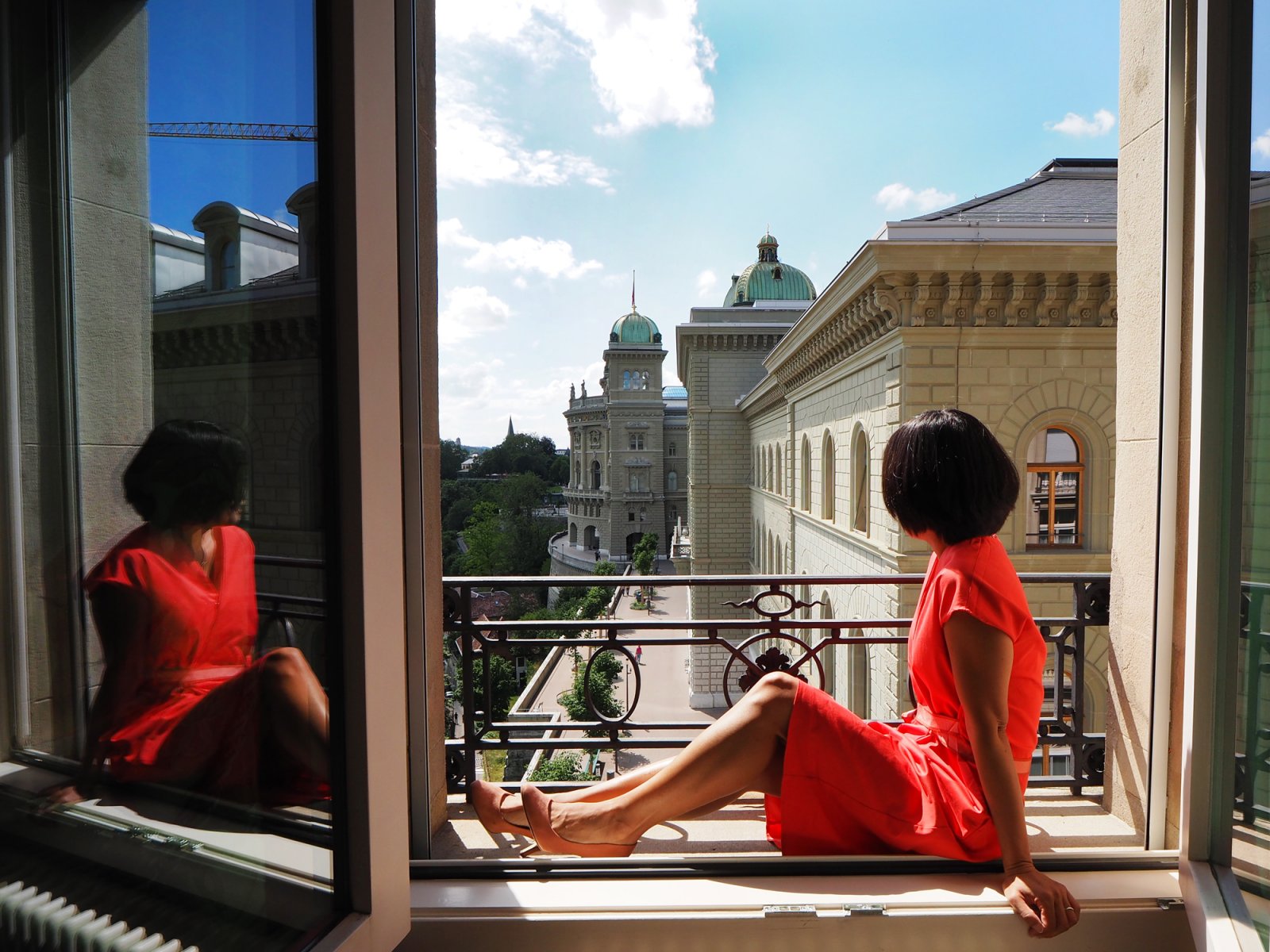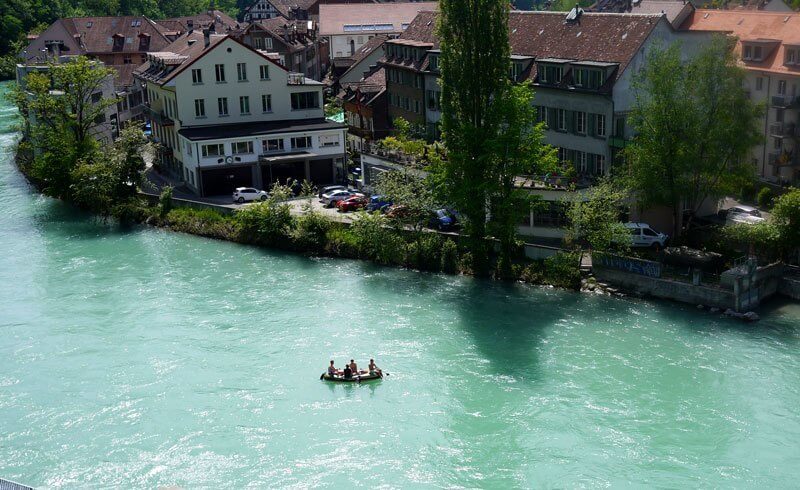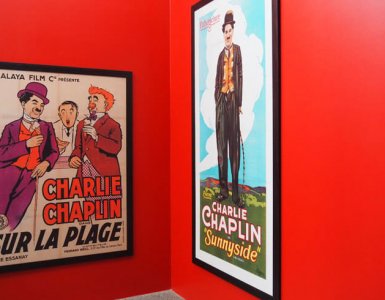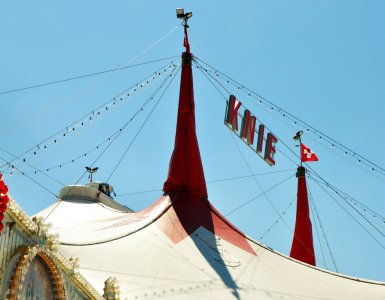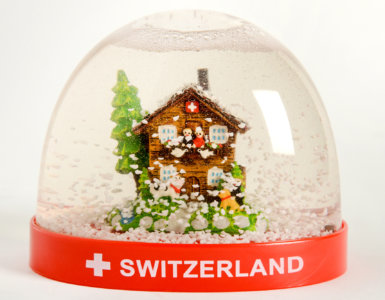The capital of Switzerland is Bern, officially known as the “federal city.” Bern is home to the Swiss government and parliament, but it’s not the country’s largest city - that’s Zurich.
This fact surprises plenty of first-time visitors, especially those expecting Zurich or Geneva to hold the title. Bern is home to the Swiss government, the Federal Assembly, and most administrative offices, but it’s not the country’s biggest city.
That honor goes to Zurich.
Why Is Bern the Capital of Switzerland?
When Switzerland was forging its identity as a modern nation in 1848, the question of where to anchor the new government was anything but simple. The decision to go with Bern as the capital city of Switzerland was the product of intense debate, compromise, and a little Swiss pragmatism.
At the time, the country was emerging from years of internal conflict and shifting alliances. The leaders wanted a seat of government that wouldn’t tip the balance in favor of one region or language group.
Bern’s position near the border of German- and French-speaking regions made it the ideal compromise. It wasn’t as dominant as Zurich, the economic powerhouse, nor as contentious as Lucerne, which had opposed the federal state’s creation.
Geneva, despite its international reputation, wasn’t seriously considered.
Bern, on the other hand, had the support of the French-speaking cantons. And it was willing to provide the necessary real estate for government buildings - at no cost to the federal state. This was a big deal for the young, cash-strapped Swiss state.
Before this, Switzerland didn’t have a fixed capital.
The old Swiss Confederation operated on a rotating system, with the Diet (Tagsatzung) meeting in cities like Zurich, Lucerne, Baden, and even Constance. This rotating model reflected the deeply rooted Swiss value of decentralization, ensuring no single city became too powerful.
When the Helvetic Republic was briefly established by Napoleon in 1798, the capital moved from Aarau to Lucerne, but these attempts at centralization never lasted.
After Napoleon’s Act of Mediation in 1803, Switzerland returned to a decentralized model, with the Diet meeting in different “directing cantons” each year, including Bern, Zurich, and Lucerne.
When the new federal state formed, the Federal Assembly met for the first time in Bern, which had hosted the last session of the old Diet. On November 28, 1848, after much debate, Bern was chosen as the seat of the Federal Assembly, Federal Council, and all the key government functions.
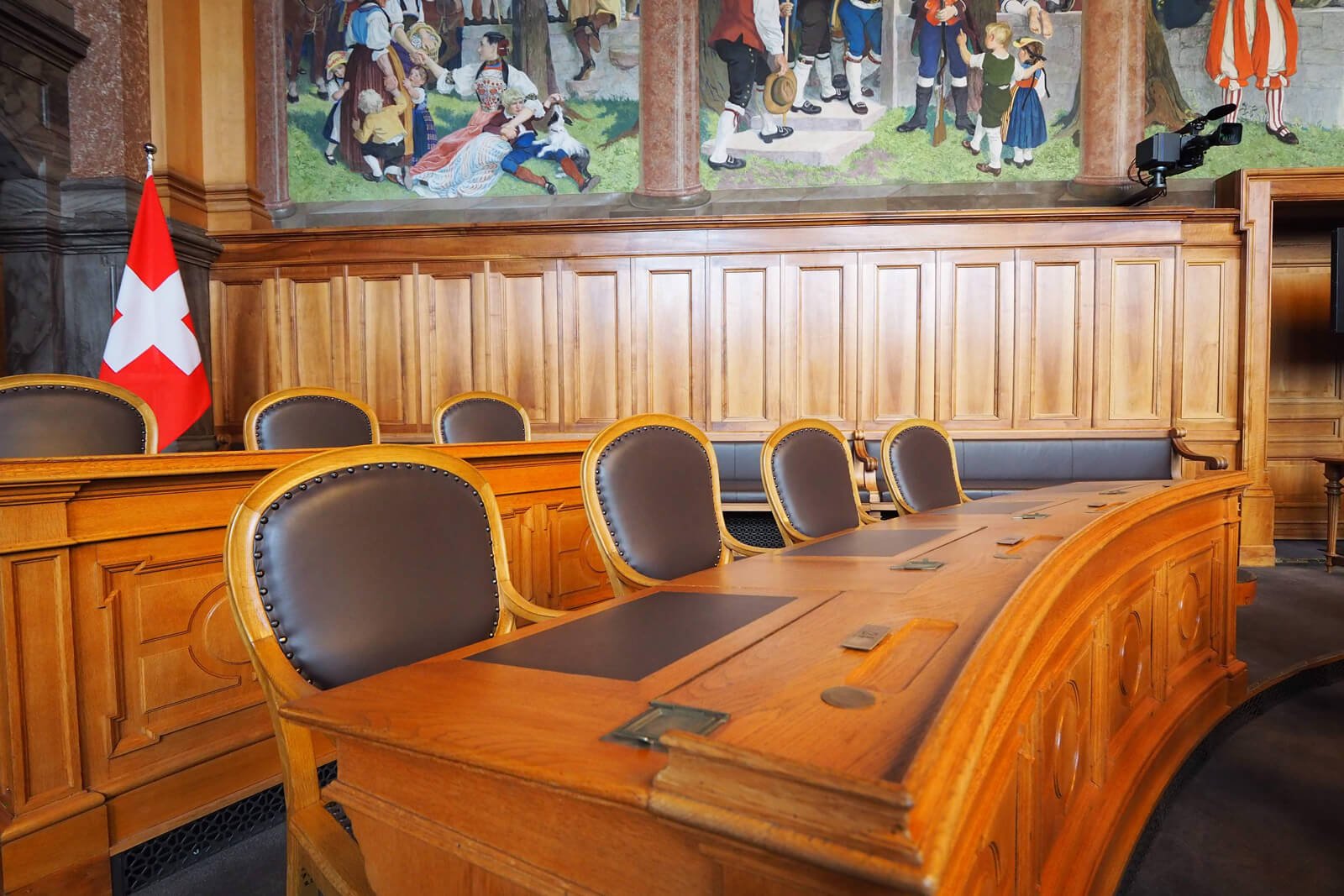
The decision wasn’t universally celebrated in Bern. The city’s authorities had to convince local citizens to accept both the honor and the financial burden of hosting the federal government. After a close municipal vote, Bern agreed to provide the necessary premises for parliament, government, and administration.
Today, Bern’s status as the capital goes beyong symbolism. It’s the place where Swiss democracy is practiced daily, where the country’s famous neutrality and consensus-driven politics are put into action.
And yet, in true Swiss fashion, the constitution still doesn’t officially call Bern the “capital” - it’s simply where the government meets and where the country’s story continues to unfold.
Legally, Switzerland still doesn’t have an “official” capital. The constitution deliberately avoids the word. Instead, two laws (Article 32 of the Act on the Federal Assembly and Article 58 of the Government and Administration Organisation Act) simply state that the Federal Assembly and Federal Council are based in Bern.
That's a masterclass in Swiss compromise: a city chosen not for its size or power, but for its ability to unite a diverse country and keep the political playing field level.
What Makes Bern Unique as a Capital?
Bern isn’t your typical capital city of Swiss politics. Step into its UNESCO-listed Old Town and you’re instantly transported back in time. The city’s medieval core, built on a narrow hill and wrapped on three sides by the turquoise Aare River, has barely changed since the twelfth century.
The arcades - six kilometers of covered walkways - are a practical Swiss invention, sheltering you from rain or summer sun while you browse quirky boutiques, indie bookstores, or pop into a cellar bar that was once a medieval storeroom.
Bern’s skyline is punctuated by the tallest cathedral in Switzerland, the Bern Minster, and dotted with Renaissance fountains, each topped with colorful figures.
The Zytglogge, a 13th-century clock tower, still draws crowds for its hourly mechanical show. The Old Town’s sandstone buildings and cobbled lanes are so well-preserved that UNESCO declared it a World Heritage Site in 1983, calling it a model of how to blend medieval character with modern life.
As much as Bern cherishes history, it's also about lifestyle.
The city is surrounded by rolling countryside and green hills, so you’re never far from a hiking trail or a riverside picnic spot. Locals love to float down the Aare River in summer, a tradition that’s as Bernese as the city’s famous bears.
Compared to my hometown of Zurich, life in Bern moves at a gentler, more deliberate pace. People here actually pause to enjoy their coffee, and there’s a laid-back friendliness you’ll notice right away. (I think there's a study somewhere that the Bernese actually stroll at a slower pace than Zurichers...)
What really sets Bern apart is its sense of community and understated charm. The city is big enough to offer culture, nightlife, and world-class museums, but small enough that you’ll run into each other at the market or while strolling under the arcades.
Just like back in the day.
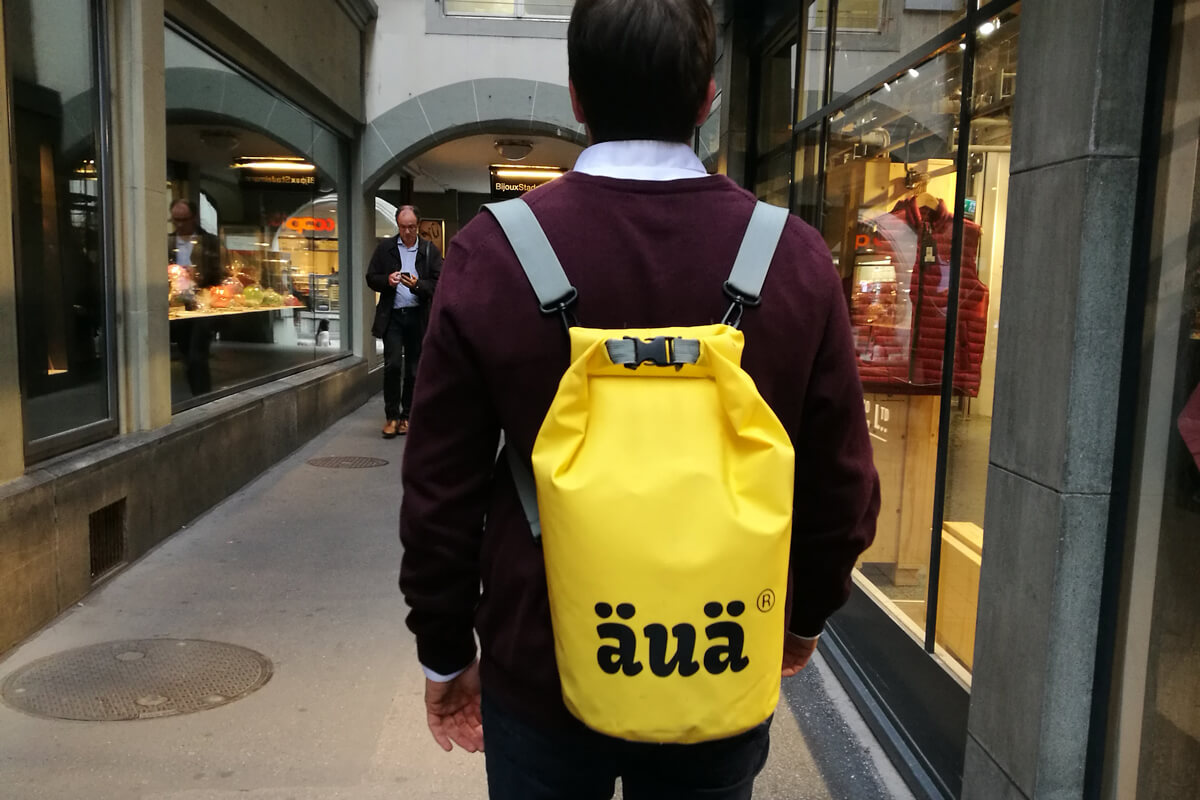
Bern’s cellar bars and vaulted restaurants give it a cozy, lived-in feel, and the blend of German and French influences adds to its unique flavor.
If you want to dig deeper into what makes Bern truly special, don’t miss these blog posts written by our local authors: Things that set Bern apart and survival phrases for Bern. And if you’re lucky enough to visit, take a moment to sit by the Aare, watch the sun set behind the Alps, and see for yourself why Bern is a capital unlike any other.
Bern vs Zurich vs Geneva: Why the Confusion?
A lot of people mix up Switzerland’s capital city of Swiss government with its business and diplomatic powerhouses. Here’s why:
- Zurich is the financial and economic engine, home to major banks, tech giants, and the country’s largest population.
- Geneva is the global diplomat, hosting the United Nations and dozens of international organizations.
- Only Bern houses the federal government and parliament. It’s where the real political action happens.
| City | Main Role | Population (approx.) | Key Functions |
|---|---|---|---|
| Bern | Federal city | 140,000 | Seat of government, parliament |
| Zurich | Economic hub | 1,455,100 | Finance, business, tech |
| Geneva | Diplomatic center | 644,500 | International organizations, UN |
“Federal City” vs “Capital City”
Switzerland’s constitution never officially names a capital. Instead, Bern is the “federal city” (Bundesstadt). On the one hand, this reflects how modest the Swiss are about things. But it’s also about keeping power balanced and not letting any one city overshadow the others.
Bern is the capital in practice, but not in the letter of the law. The government sits here, but the constitution leaves the word “capital” out on purpose.
Visiting the Bundeshaus: Insider Tips for the Swiss Federal Palace
If you’re in Bern, you can’t miss the Bundeshaus, the Federal Palace where Swiss democracy lives and breathes. Here’s how to make your visit memorable:
- Guided Tours: Free tours are available in several languages, but you’ll need to book ahead. Tours last about an hour and take you through the National Council Chamber, Council of States Chamber, and the stunning Central Dome.
- During Parliament Sessions: If you visit while parliament is in session, you can actually watch live debates from the gallery. Arrive early, bring your passport (security is tight), and remember: no photos allowed from the gallery.
- Entrances: The main visitors’ entrance is on the south side (Bundesterrasse). If you use a wheelchair, head to the north entrance on Bundesplatz.
- Don’t Miss: After your tour, step out onto the terrace for sweeping views of the Aare River and the Bernese Alps. It’s one of the best photo spots in town. For even more epic views, check out hot spots for the best views in Bern.
- Pro Tips: Tours can fill up fast, especially during school holidays or political events. Check the official parliament site for availability and session times. If you’re a history buff, the city also offers themed walking tours about Bern’s role as the capital.
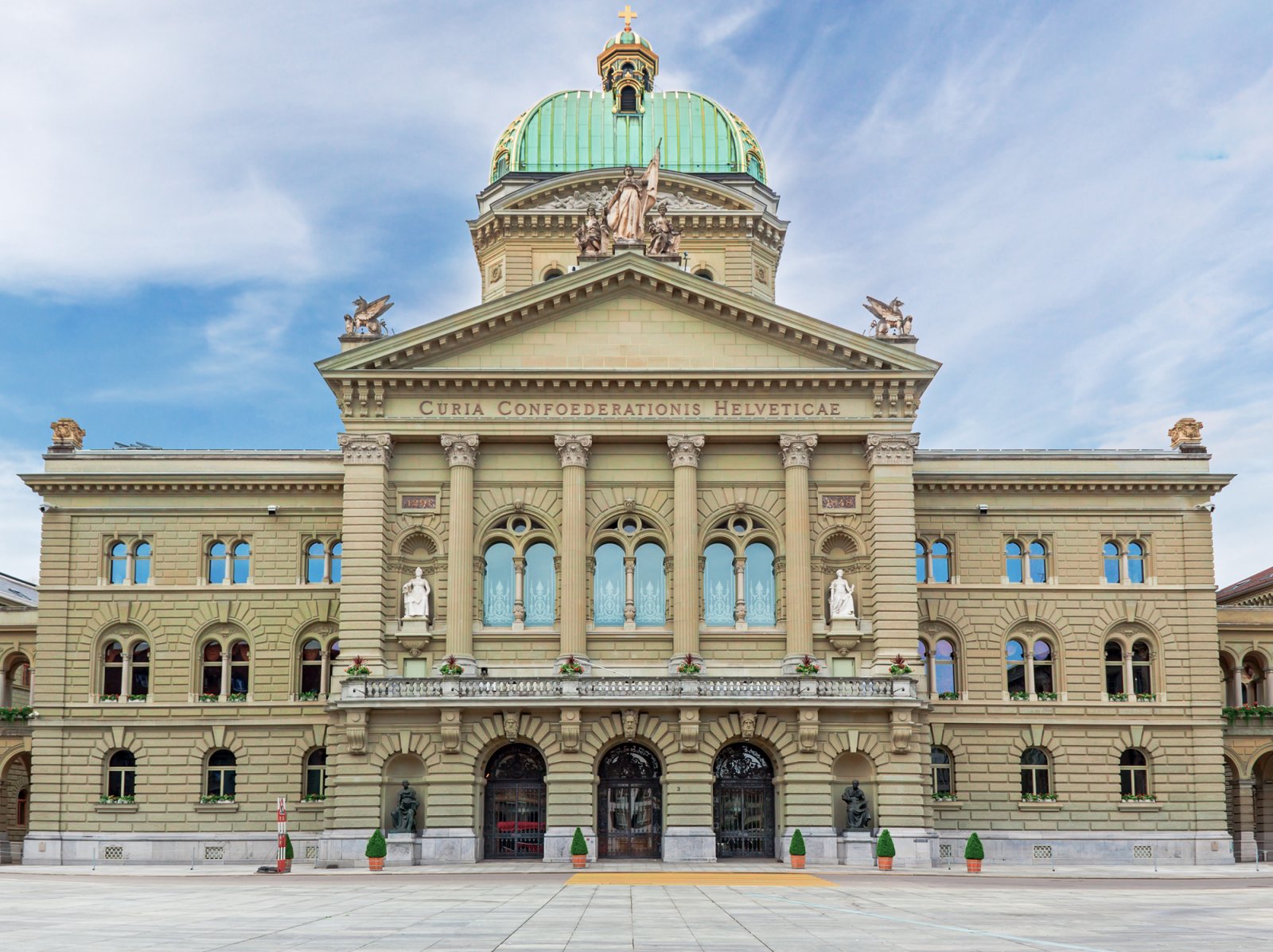
Why Bern Should Be on Your Itinerary
Bern is a city that rewards the curious, the wanderers, and anyone who loves a good story around every corner. If you’re planning a trip to Switzerland in 2025, don’t just breeze through. Bern deserves a spot right at the top of your list.
Let’s start with the essentials. The Bundeshaus, Switzerland’s Federal Palace, isn’t just a political hub-it’s a public space, a photo magnet, and a meeting point for locals. Take a guided tour to soak up the grandeur of Swiss democracy.
Or then again, just relax on the Bundesterrasse and watch the Aare River sparkle below. Those views are pure Swiss magic.
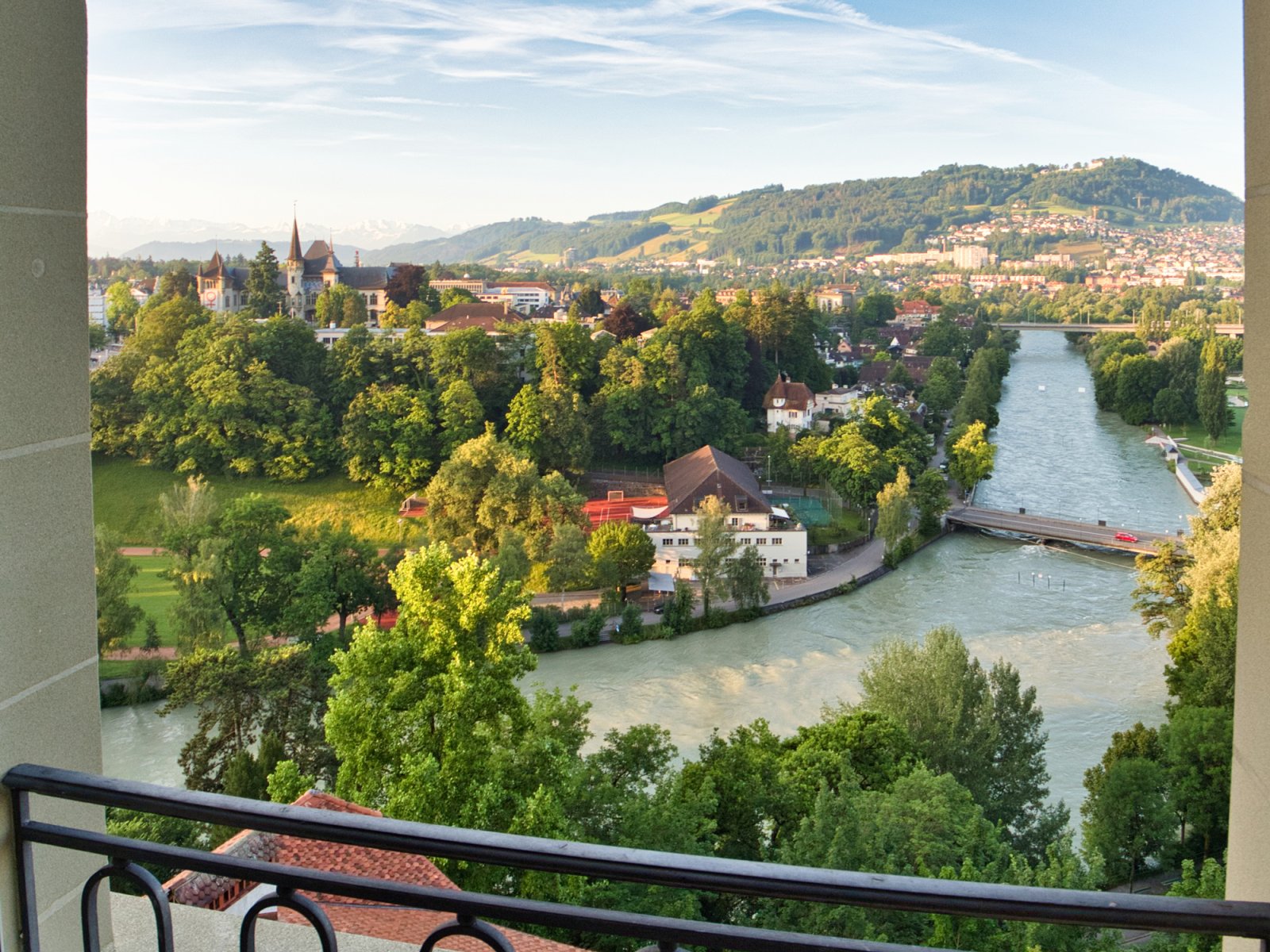
But Bern’s appeal goes way beyond government buildings. The Old Town, a UNESCO World Heritage site, is a living museum. Lose yourself in the labyrinth of medieval arcades, where every archway hides a boutique, a bakery, or a centuries-old cellar bar.
The Zytglogge clock tower is more than a postcard icon-watch its mechanical show and you’ll understand why locals still gather to see it strike the hour.
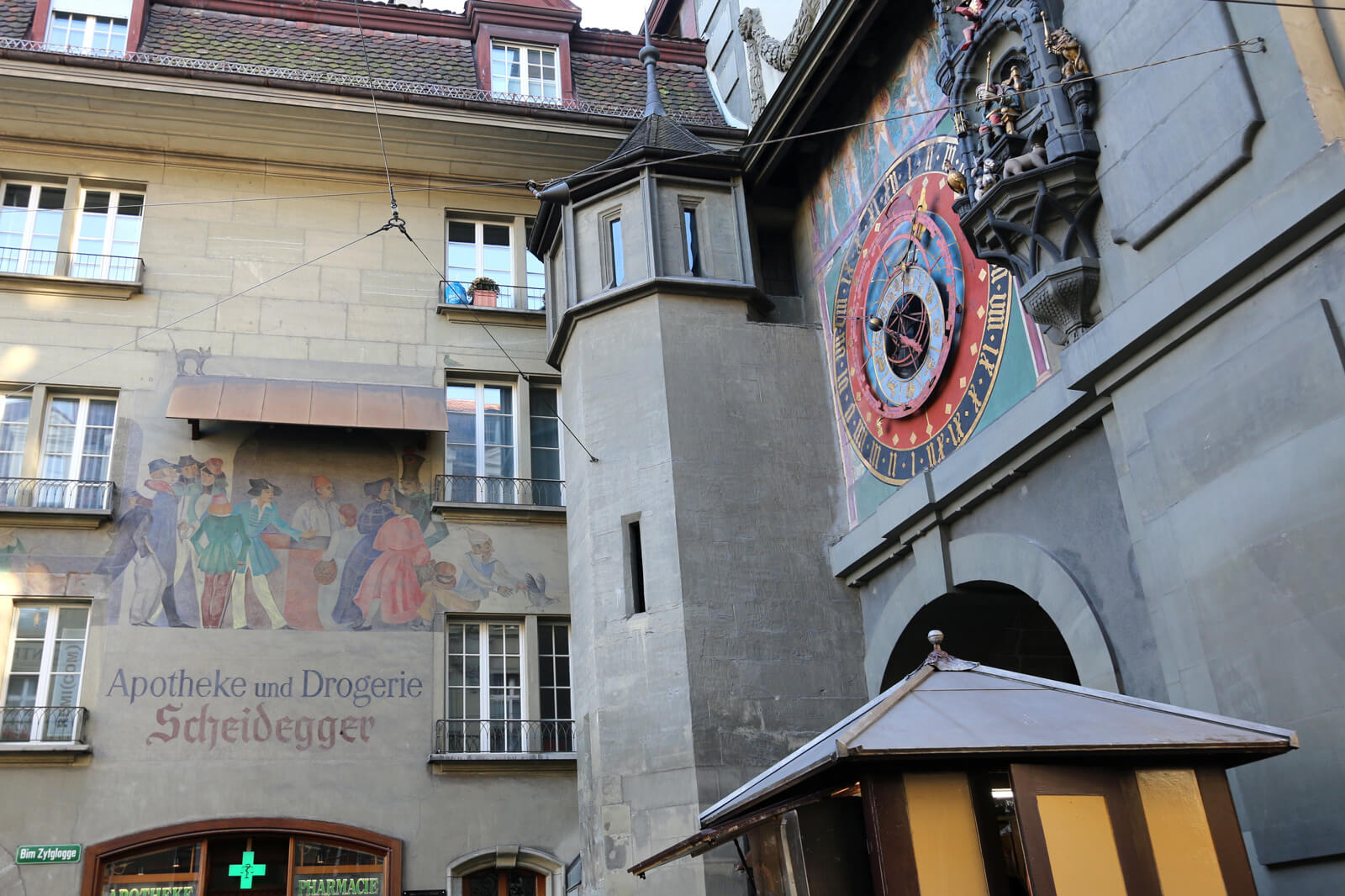
Don’t miss the Bear Park where Bern’s furry mascots roam just across the River Aare.
Art lovers, you’re in for a treat. The Kunstmuseum and Zentrum Paul Klee are world-class, and the Historical Museum of Bern dives deep into the city’s past and Einstein’s time here. If you’re a fan of quirky details, check out the city’s Renaissance fountains-each one tells its own story, and there are more than 100 scattered through the old streets.
For a breath of fresh air, stroll through the Rosengarten. This hillside park across from the Old Town has panoramic views over Bern’s rooftops and is a favorite picnic spot in summer, bursting with color.
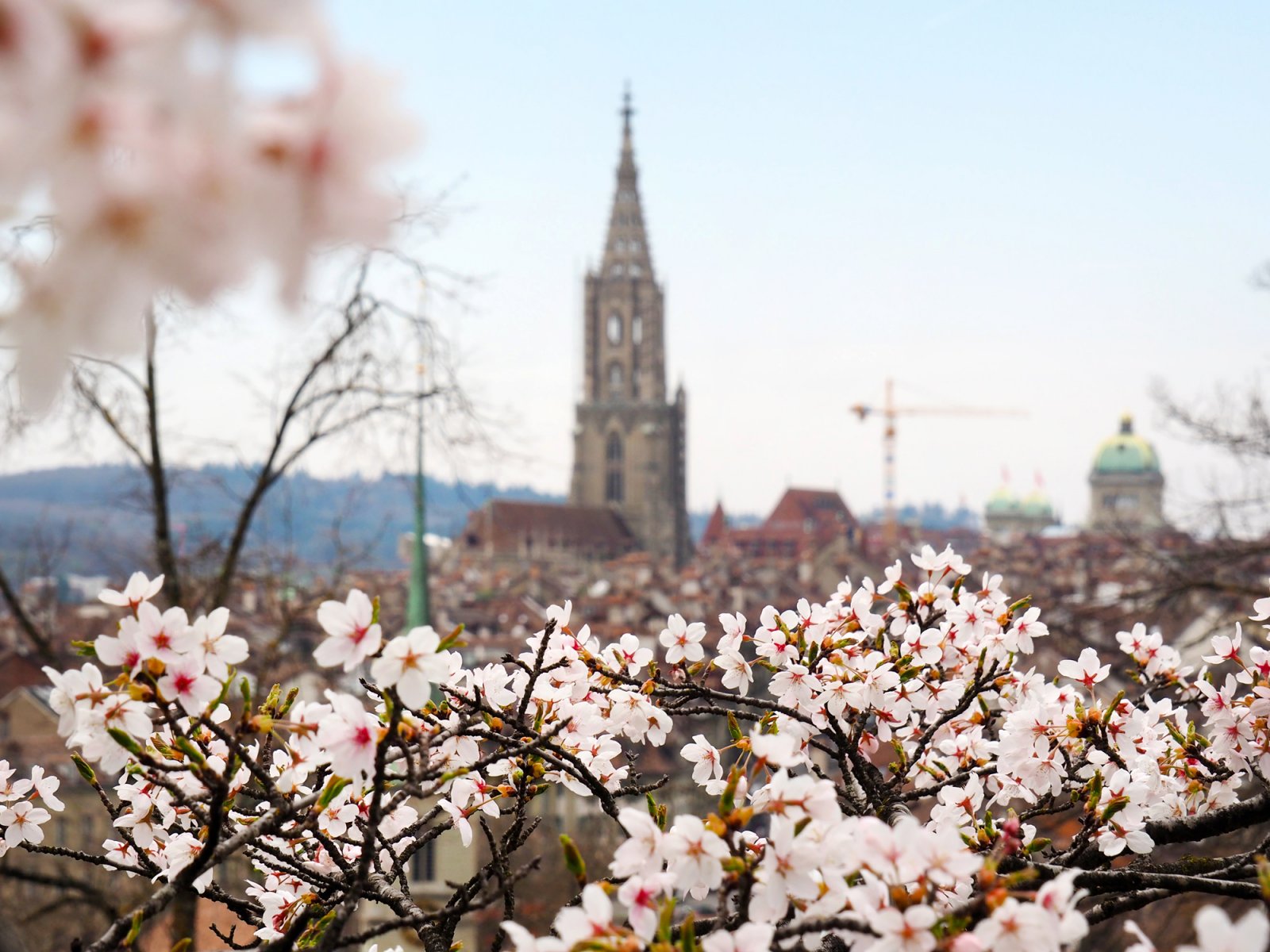
Every spring, the Rosengarten’s many Japanese cherry trees - originally gifted by Japan - put on a spectacular show of pink blossoms. We love visiting during the peak, to take pictures and spread a picnic blanket.
Insider tip: There is a park bench with a relatively famous former resident of Bern, Albert Einstein. Take a seat and snap the selfie of your life!
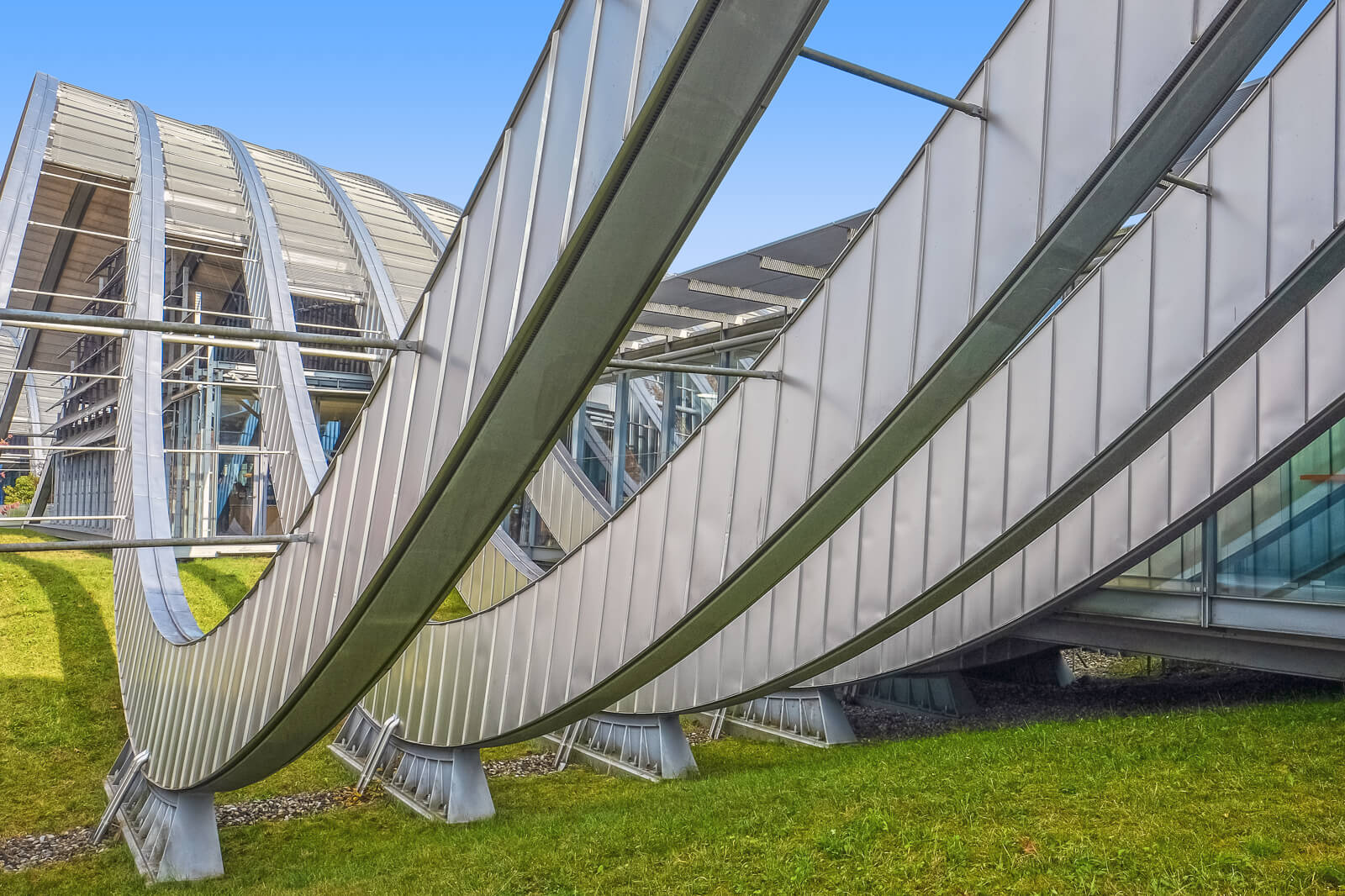
In 2025, even more cherry trees were added, deepening the park’s connection with Japan and making the spring bloom even more impressive. If you want to stretch your legs, the Botanical Garden is a peaceful escape just across the River Aare.
By now, you must be hungry. Bern’s food scene is a blend of Swiss classics and international flavors. One of Switzerland's favorite ice-cream brands originated here at Gelateria Di Berna.
I personally love grabbing a coffee at Adriano's Bar & Café, meet friends for lunch in a vaulted cellar eatery, snack on a slice of Nidelkuchen (a creamy Bernese tart), or linger over dinner at a riverside terrace.
The city’s markets, especially during the Zibelemärit, are a feast for all the senses - no pun intended. During the annual onion market, Bern wreaks of, well: onion.
What’s New in Bern in 2025?
Bern’s main train station is just a stone’s throw from the Old Town, making arrivals and departures a breeze. Trains from Zurich, Geneva, and Basel run like clockwork.
But if you want to try Switzerland's most convenient airport for a quick getaway in 2025, you're in for a treat. The Bern Airport (BRN) is expanding its direct flights to sun-soaked destinations like Cagliari, Calvi, Djerba, and Elba.
If you want to go deeper, the Swiss National Library is right here in Bern - a treasure trove for history buffs and the curious. And for travel inspiration or to plan your next adventure, the Holiday and Travel Show Bern in January is a must-visit event, bringing together travel specialists and wanderlust seekers from all over.
When summer rolls around, Bern truly shines. Float down the Aare with locals, catch a sunset from the Rosengarten, or explore Bern’s summer hot spots with a view. The city’s rhythm slows, the markets spill into the streets, and every evening feels like a celebration.
If you want to see Bern through local eyes, don’t miss these insider guides:
Quick FAQ: Switzerland’s Capital, Explained
Why Bern Captures My Heart
As someone who lives near Zurich, I get why people think Switzerland’s capital must be the biggest city. Zurich is fast, cosmopolitan, and always buzzing. But every time I visit Bern, I’m reminded why the Swiss chose it as their political heart.
Bern has a quiet confidence. It’s pragmatic, modest, a bit alternative, and deeply rooted in history.
Those shopping arcades shelter you from rain and sun, the river is always close, and the pace lets you breathe. When I stroll through the Old Town or sit on the Bundesterrasse, I feel connected to something timeless.
The Bernese have a saying in the local dialect which I learned as a kid: "Bärn, i ha di gärn!"
The phrase "I love you Bern!" goes through my head every single time I visit our federal capital. So, if you ever find yourself in Switzerland, don’t just tick off Zurich and Geneva. Give Bern a day or two. You’ll see why this town, with all its understated charm, is the real soul of Switzerland.
And next time someone asks you about the capital of Switzerland, you’ll have more than just an answer. You’ll have a phrase worth sharing: Bärn, i ha di gärn!
